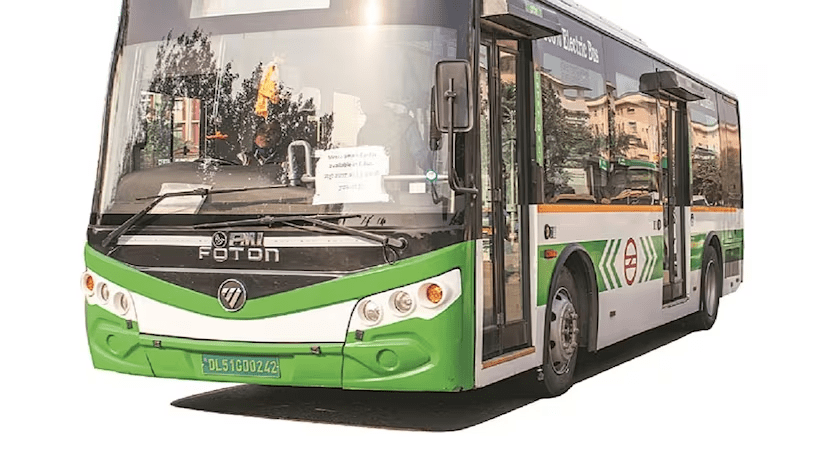China continues to lead the e-bus market, accounting for over 80 percent of global e-bus sales in 2022
In a move to accelerate the adoption of green initiatives in public mobility, the Centre is planning to introduce an incentive scheme especially tailored for the purchase of electric buses (e-buses) by private operators, a senior NITI Aayog official said.
Currently, buses belonging to only state transport undertakings (STUs) are supported under the Faster Adoption and Manufacturing of (Hybrid &) Electric Vehicles (FAME-II) scheme. As private buses account for around 90 per cent of around two million buses plying on Indian roads, their electrification in a bid to reduce greenhouse emissions becomes crucial.
Sudhendu J Sinha, adviser (infrastructure connectivity-transport and electric mobility), NITI Aayog, revealed that the policy to incentivise private e-bus purchases is in development.
“We have sought detailed demand requirements from bus manufacturers, operators, and their respective associations. The final decision will be made after considering their recommendations and demands,” Sinha told Business Standard on the sidelines of an industry event on Thursday.
The policy will be part of an initiative to achieve the ambitious target of 40 per cent e-bus penetration by 2030 and reach carbon neutrality by 2070.
The Ministry of Heavy Industries and the Ministry of Road Transport and Highways, both responsible for overseeing the transport and EV sectors, are jointly working on this policy.
Whether this scheme would be part of the new incentive scheme for EVs, being considered by the Ministry of Heavy Industries on the line of FAME-II, commonly called FAME-III, or an independent initiative was unclear.
The FAME-II scheme allows a subsidy of Rs. 20,000 per kWh for e-buses with a cap of 40 per cent of the vehicle’s cost and a maximum ex-factory price limit of Rs. 2 crore. According to its guidelines, the approximate size of the battery in an e-bus is 250 kWh.
This subsidy, according to the government, helps manufacturers reduce the cost of e-buses by around Rs. 50 lakh each. An e-bus, sans subsidy, costs more than Rs. 1.2 crore, about five times the cost of a diesel bus.
Why the need
The high cost of such buses deter customers from buying them. But, according to the official, the forthcoming incentive scheme could be a game-changer in India’s quest for greener and cleaner public transportation.
Despite FAME-II incentives, the high cost of e-buses, lack of finance, and poor health of STUs have deterred original equipment manufacturers (OEMs) from participating in the government’s past tenders. State-run Convergence Energy Services Ltd (CESL) is already considering cancelling a dry lease tender for 4,675 e-buses, announced on January 4, because of a tepid response from OEMs.
In a bid to allay fears of OEMs participating in state tenders, the government has announced a Rs. 4,126 crore “payment security fund” to support 38,000 e-buses belonging to STUs. An incentive scheme for private bus operators is still awaited.
Despite the government’s effort to promote the adoption of e-buses, their penetration in the country is low. Under the FAME-II scheme, the Centre aimed for incentivising 7,090 e-buses but it exceeded the target and approved 7,210 units. However, deployment remained slow with only 2,435 e-buses in operation, according to the latest data from the Ministry of Heavy Industries.
Since 2014, only around 4,855 e-buses, accounting for only 1.1 per cent of total 430,669 buses sold in the country, have been deployed. This figure is well below the global e-bus average penetration rate of 4.5 per cent, based on the International Energy Agency’s Global EV Outlook 2023 report. As many as 66,000 e-buses were sold globally in 2022.
China continues to lead the e-bus market, accounting for over 80 per cent of global e-bus sales in 2022.

